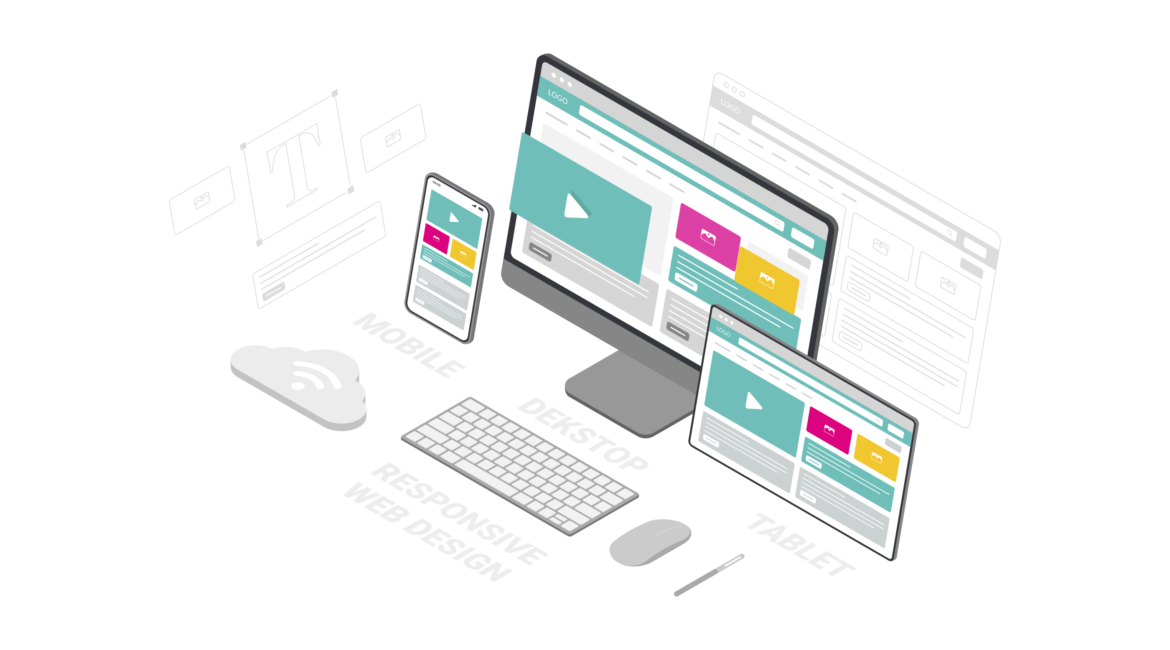When business owners think about website design, they’re often focused on appearances. While you will want your website to look great, that’s only part of the equation. User experience, or UX, should be a priority in your website design. But what exactly does UX mean and why is it so important? Continue reading for a closer look at how to optimize for this crucial component of web design.
Understanding UX
UX is determined by a variety of factors, including site load speed, accessibility on different devices, and ease of navigating the site. In general, strong UX means that visitors will have a positive experience clicking through your site and they’ll find relevant information for their needs. User experience isn’t just a buzzword—it’s integral for a strong performance in search engine rankings. Increasingly, Google search algorithms target various signals of positive UX so that users are presented with the best possible results to their queries. So, by emphasizing user experience in your website design, you’ll be building a sturdy foundation for your ongoing SEO.
How to Optimize for User Experience in Your Website Design
There are some components of positive user experience that are universal for any audience, such as rapid page load times, easy to read fonts, and responsive website design that loads on any device. However, it’s necessary to build detailed audience personas to truly optimize your site for the users you want to see. With your audience personas in mind, you can design more engaging site content and a clean layout that will be easy for your site visitors to navigate.
Working with Leverage Marketing, you’ll have the benefit of our extensive digital marketing experience to guide your website design and other components of your SEO strategy. Are you ready to build a better website that helps you boost your sales? Contact us here on our website or email [email protected] to set up your strategy call with our team.
